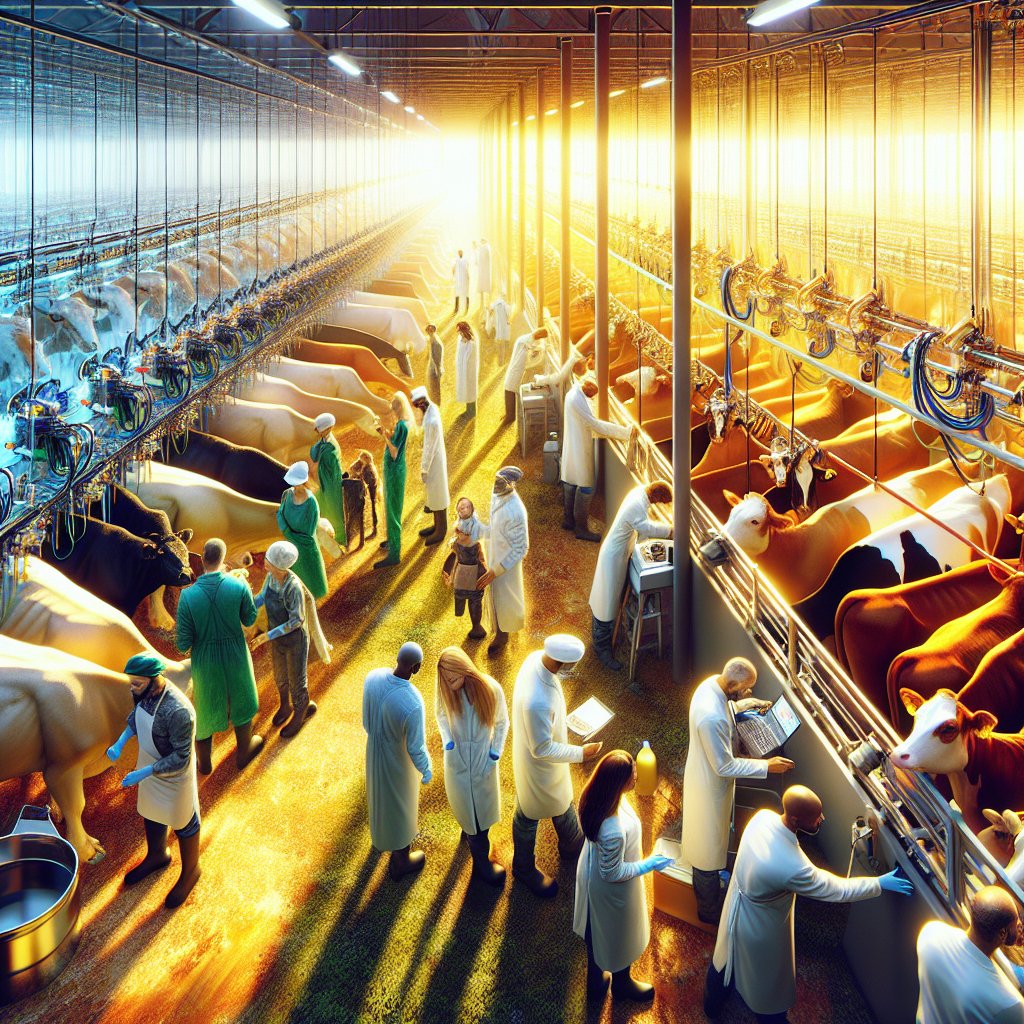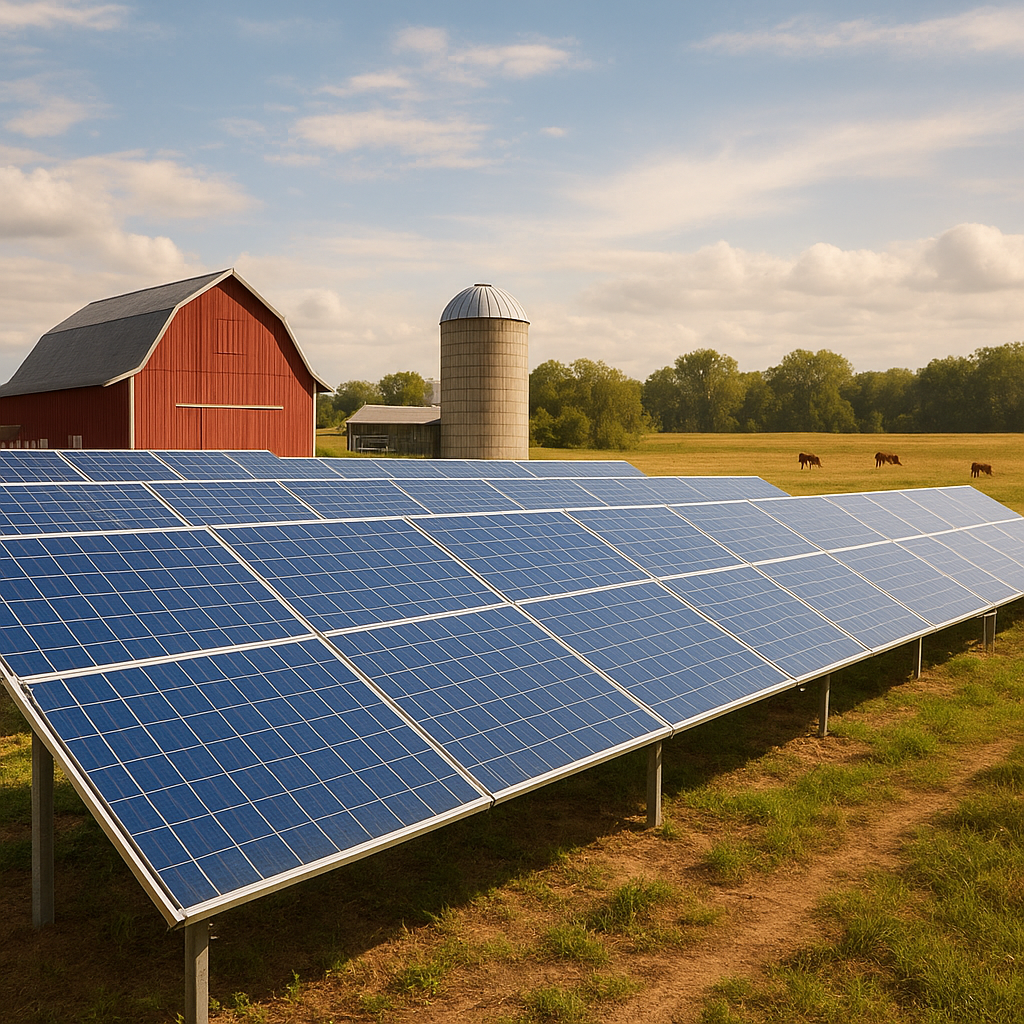How precision livestock farming improves animal welfare is a critical topic in modern agriculture, as it combines technology with animal husbandry to enhance the quality of life for livestock. This innovative approach utilizes data-driven techniques to monitor and manage the health, behavior, and overall well-being of farm animals. By integrating advanced technologies such as sensors, GPS, and data analytics, farmers can make informed decisions that lead to better animal welfare outcomes. This article will explore the various aspects of precision livestock farming and its significant impact on animal welfare.
Understanding Precision Livestock Farming
Precision livestock farming (PLF) refers to the application of technology and data analysis in the management of livestock. This approach allows farmers to monitor individual animals in real-time, providing insights into their health, behavior, and environmental conditions. The primary goal of PLF is to optimize production while ensuring the welfare of the animals. By leveraging various technologies, farmers can achieve a more sustainable and ethical farming practice.
Technological Innovations in PLF
Several technological innovations have emerged in the field of precision livestock farming, each contributing to improved animal welfare. These technologies include:
- Wearable Sensors: Devices such as collars or ear tags equipped with sensors can track an animal’s vital signs, activity levels, and location. This data helps farmers identify health issues early and monitor the overall well-being of their livestock.
- Automated Feeding Systems: These systems ensure that animals receive the right amount of feed at the right time, reducing waste and preventing overfeeding, which can lead to health problems.
- Environmental Monitoring: Sensors can monitor temperature, humidity, and air quality in barns and pastures, allowing farmers to create optimal living conditions for their animals.
- Data Analytics: Advanced software can analyze data collected from various sources, providing farmers with actionable insights to improve animal management practices.
The Impact of PLF on Animal Welfare
The implementation of precision livestock farming has profound implications for animal welfare. By utilizing technology to monitor and manage livestock, farmers can address welfare concerns more effectively. Here are some key ways in which PLF contributes to improved animal welfare:
Early Detection of Health Issues
One of the most significant benefits of precision livestock farming is the ability to detect health issues early. Wearable sensors can monitor vital signs such as heart rate and temperature, alerting farmers to potential health problems before they become severe. Early intervention can lead to better treatment outcomes and reduce the suffering of animals.
Enhanced Living Conditions
PLF technologies enable farmers to create optimal living conditions for their animals. By monitoring environmental factors such as temperature and humidity, farmers can make adjustments to ensure that animals are comfortable. Comfortable animals are less stressed and more likely to exhibit natural behaviors, which is essential for their overall well-being.
Improved Nutrition and Feeding Practices
Automated feeding systems and data analytics allow farmers to tailor diets to the specific needs of individual animals. This personalized approach ensures that each animal receives the right nutrients, promoting better health and growth. Proper nutrition is crucial for preventing obesity and related health issues, ultimately leading to improved animal welfare.
Behavioral Monitoring
Understanding animal behavior is vital for ensuring their welfare. PLF technologies can track behavioral patterns, helping farmers identify signs of stress or discomfort. By recognizing these signs, farmers can take proactive measures to address any issues, such as adjusting group dynamics or providing additional enrichment.
Challenges and Considerations in Implementing PLF
While precision livestock farming offers numerous benefits, there are also challenges and considerations that farmers must address when implementing these technologies. Understanding these challenges is essential for maximizing the potential of PLF in improving animal welfare.
Cost of Technology
The initial investment in PLF technologies can be significant, which may deter some farmers from adopting these practices. However, it is essential to consider the long-term benefits, including improved animal health, increased productivity, and reduced veterinary costs. Farmers should evaluate the return on investment when considering the adoption of PLF technologies.
Data Management and Privacy
With the increased use of technology comes the challenge of data management. Farmers must ensure that they have the necessary infrastructure to collect, store, and analyze data effectively. Additionally, concerns about data privacy and security must be addressed to protect sensitive information related to livestock management.
Training and Education
Implementing precision livestock farming requires a certain level of technical knowledge and expertise. Farmers may need training to effectively use new technologies and interpret data. Providing education and resources for farmers is crucial to ensure the successful adoption of PLF practices.
The Future of Precision Livestock Farming and Animal Welfare
The future of precision livestock farming looks promising, with ongoing advancements in technology and data analytics. As farmers continue to adopt these practices, the potential for improving animal welfare will only increase. Here are some trends and developments to watch for in the coming years:
Integration of Artificial Intelligence
Artificial intelligence (AI) is poised to play a significant role in precision livestock farming. AI algorithms can analyze vast amounts of data to identify patterns and make predictions about animal health and behavior. This integration will enhance decision-making processes and further improve animal welfare outcomes.
Increased Focus on Sustainability
As consumers become more conscious of animal welfare and sustainability, farmers will need to adapt their practices to meet these demands. Precision livestock farming can contribute to more sustainable farming practices by optimizing resource use and reducing waste, ultimately benefiting both animals and the environment.
Collaboration and Knowledge Sharing
Collaboration among farmers, researchers, and technology providers will be essential for advancing precision livestock farming. Sharing knowledge and best practices can help farmers overcome challenges and maximize the benefits of PLF. Initiatives that promote collaboration will be crucial for the future of animal welfare in agriculture.
Conclusion
Precision livestock farming represents a significant advancement in the way farmers manage their livestock, with a strong focus on improving animal welfare. By leveraging technology and data analysis, farmers can monitor health, enhance living conditions, and optimize nutrition for their animals. While challenges exist, the potential benefits of PLF are substantial, paving the way for a more sustainable and ethical approach to livestock farming. As the industry continues to evolve, the integration of new technologies and collaborative efforts will be key to ensuring the well-being of farm animals and meeting the demands of consumers who prioritize animal welfare.




